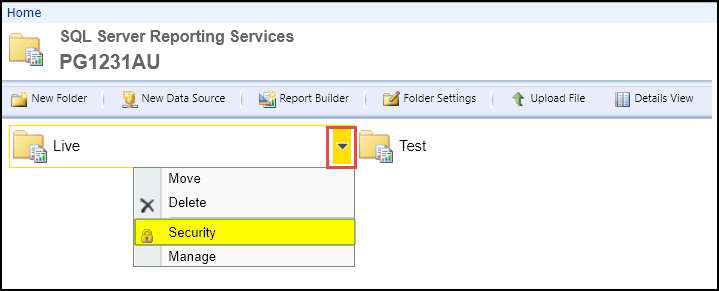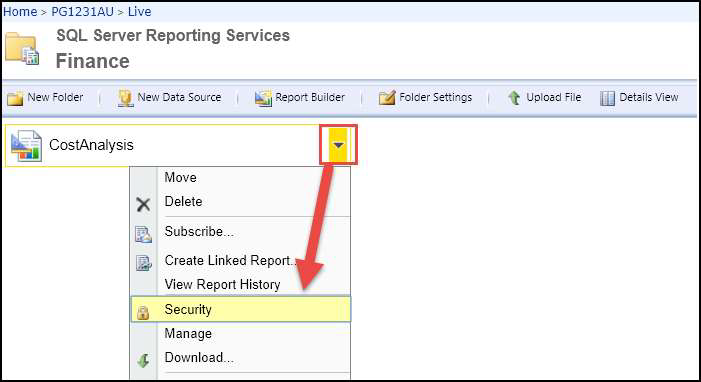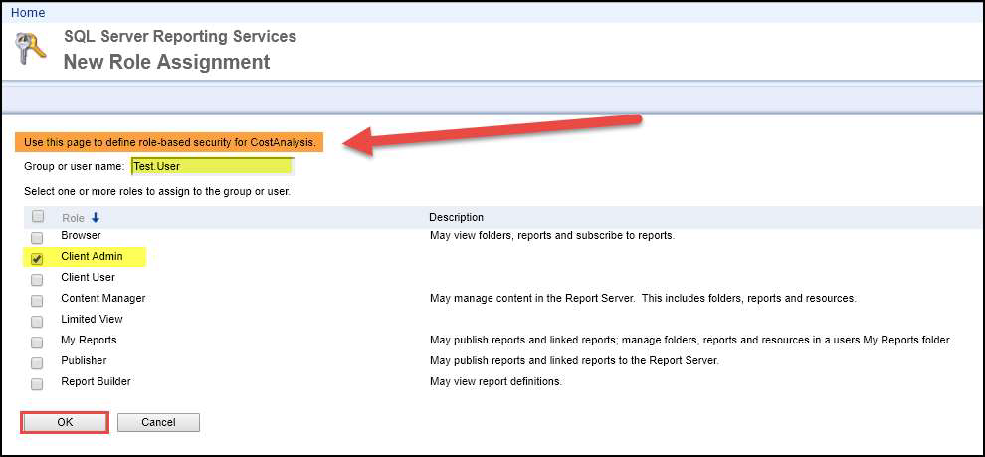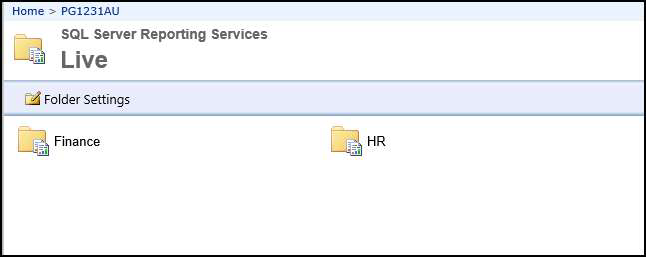Assigning SSRS permissions to your users
This document explains how to assign SSRS permissions for your users once the support team has created an account and applied “Limited View” permissions to your company’s PG folder.
Why does MYOB PayGlobal Support not do the complete setup of SSRS permissions for the client as part of their processes? Support does apply permissions, except in the scenario where an organization wants to control what users have access to what folders and reports. That kind of control requires breaking the permissions inheritance model and applying the required permissions to the folders, subfolders and reports.
There is another option, you can engage a consultant to re-arrange your folders to make this job easier. For example, you only have a few reports that you want to specifically control the access for, these reports can be placed in one folder that has broken inheritance, where all other folders inherit their security from the folder that comes before it.













